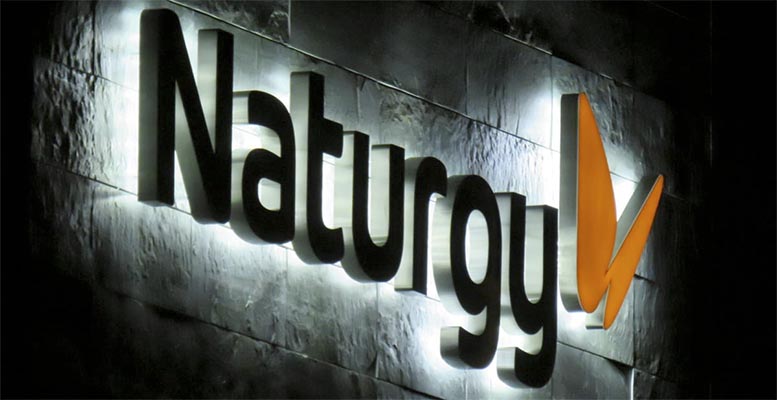Naturgy will face the energy transition divided into two companies which will be listed on the stock exchange. The Géminis project, as the company headed by Francisco Reynés has announced, has been approved by the entire board. This includes the new representative of the Australian fund IFM, who has just joined the company.
The regulated distribution infrastructure business will be integrated within one of the companies, while the other will cover electricity generation as well as renewables and marketing.
The two firms will be born with a debt which is still to be determined. That said, according to Reynés, an attempt will be made to balance the debt – currently amounting to 12.8 billion euros – so that the twin sisters will suffer the least punishment on the stock exchange, as both will be listed on the market. Current shareholders will hold the same number of shares in both companies as they do now. If the debt amounts to 12.8 billion euros and the capitalisation is 28 billion, the value of the company amounts to 41 billion and what the management team will try to do is to split it 50/50 between the two entities.
Both energy companies will have the same shareholding structure as Naturgy’s current one. In other words, CriteriaCaixa will hold 26.7% of the capital in both companies, Rioja Acquisition (20.7%), GIP (20.6%), the Australian fund IFM will hold 12.1%, the Algerian state-owned Sonatrach (4.1%) and 15.8% will be in the market.
Another important commitment made by the board and the management team is that the operation will not entail any redundancies. Reynés explained the decision to the employees by videoconference, transmitting a message of calm to the workforce. “I am convinced that Géminis is a great opportunity. These are two solid, long-term industrial projects, which allow us to increase our commitment and visibility with all our stakeholders”.
At the same time, the transaction was notified to the Spanish Securities and Exchange Commission (CNMV) and will have to be approved at an extraordinary shareholders’ meeting. Although the company has called a general shareholders’ meeting for 15 March, it will not be then that the spin-off will be approved, as there are still many important points to be agreed. It is clear, for example, that the shareholding structures will be the same, that the corporate governance will be the same, but the assets and businesses must be reorganised.
The chief executive denied that there will be any changes, no sale of assets or divestment, although there will be changes in terms of organisation. “We have a lot of work ahead of us,” Reynés told reporters.
The division of the businesses will force a profound restructuring of Naturgy, focused on facing the changes that are taking place in the energy sector at all levels. “With this project, Naturgy is making decisive progress in its transformation and is ahead of the disruptive changes that the sector is experiencing. Géminis will boost growth beyond the strategic plan, marking out a new path to pragmatically address the energy transition,” Reynés said.
At the board meeting held on 1 February, it was agreed to launch the project at the proposal of the board of directors, which had already been working on the idea for months. “The energy world is changing a lot in all aspects and regulatory requirements, as well as investors, require a transformation”, said the company’s top executive.
Reynés acknowledged that Naturgy is an energy company with a “complex” portfolio, with divergent futures, so “we have decided with the Géminis project to create twin sisters”, he said. One of the two groups will manage in an integrated way the deregulated businesses such as renewable energies, the customer portfolio, the conventional electricity generation park and the management of wholesale energy markets.
The company’s objectives are to reach more than 25 gigawatts of installed electricity generation by 2025 -14 GW of renewable generation and 11 GW of conventional generation-, 11 million customers and a diversified portfolio of approximately 290 TWh of gas supply.
The other group will include all regulated energy distribution and transmission infrastructure businesses. It will have an asset base of 155,000 kilometres of electricity networks, 135,000 kilometres of gas networks and 16 million connection points.
New board structure
The board of directors has decided to adapt its governing bodies to the new shareholder structure following the takeover bid launched by the Australian fund IFM, “respecting the legitimate right of proportional representation”, says the company. After the resignation of two independent directors, the number of directors remains at 12 but with the following distribution: leading shareholder Naturgy -owning 27% of the capital-, goes from two to three directors, appointing Ramón Adell as a new proprietary director.
Meanwhile, Jaime Siles Fernández-Palacios has been appointed director representing IFM, with 12% of the capital. The funds CVC and GIP, with 21% each, will keep two directors each.





